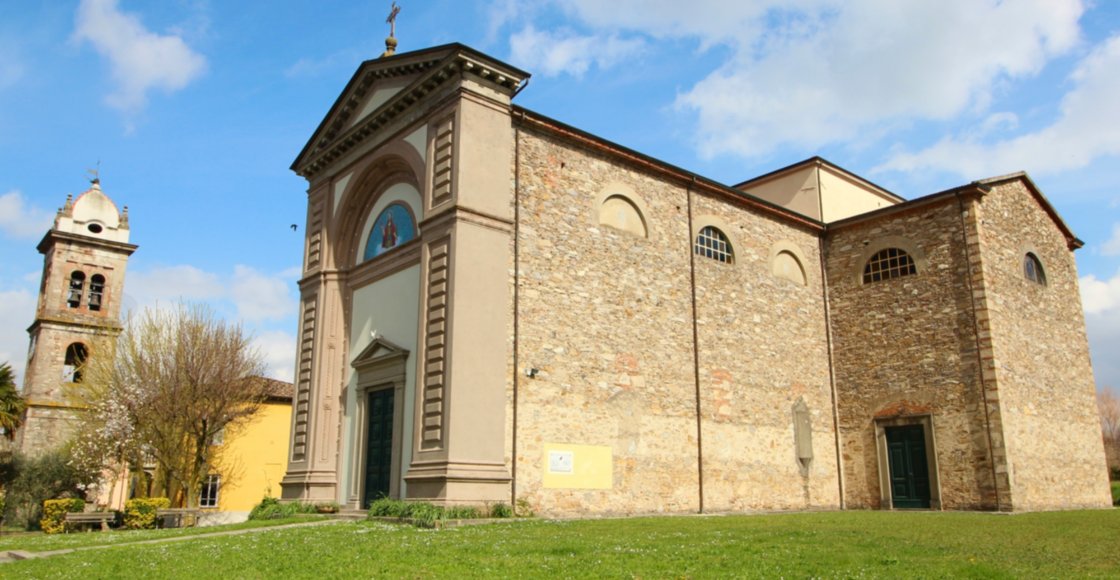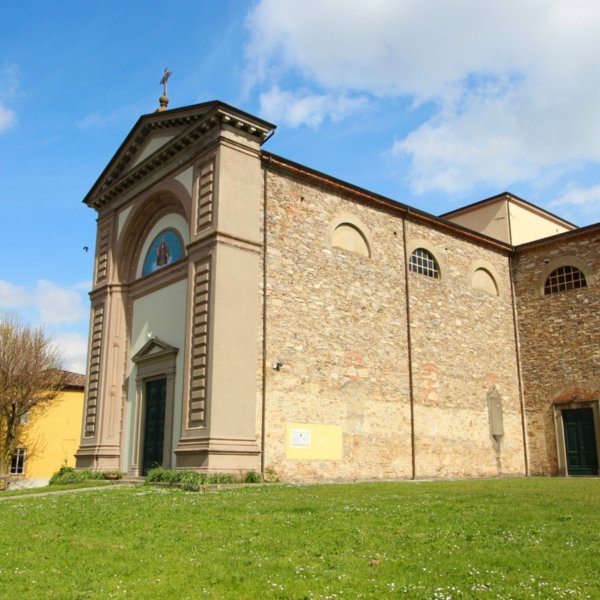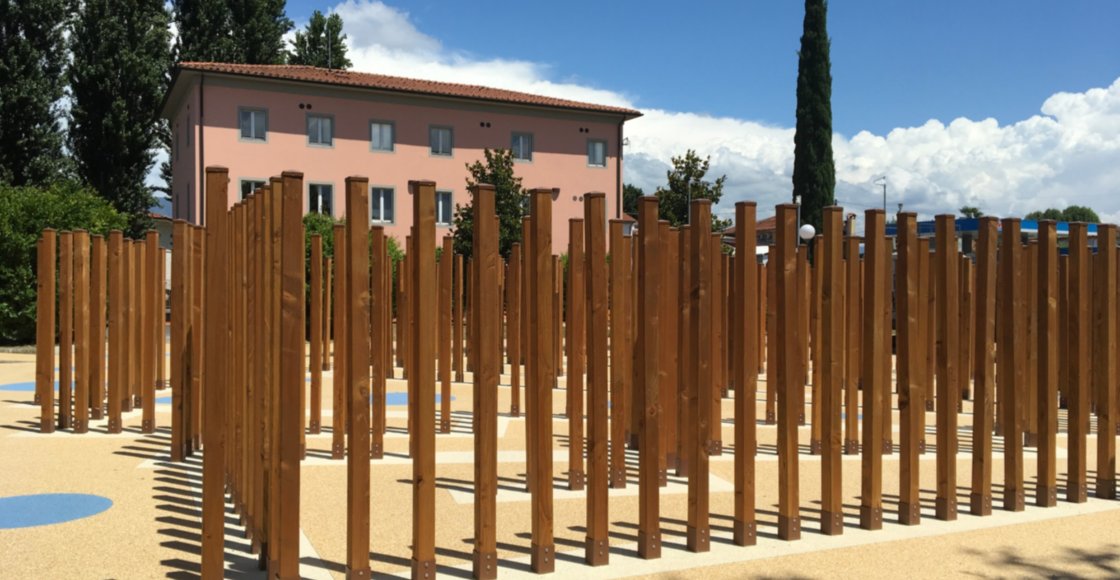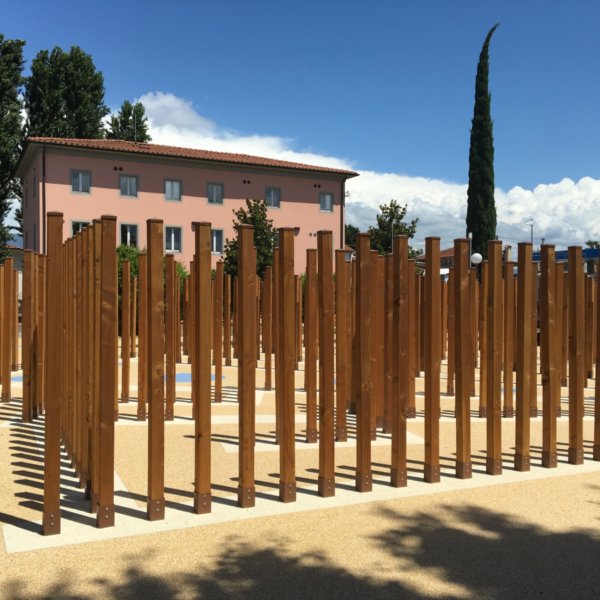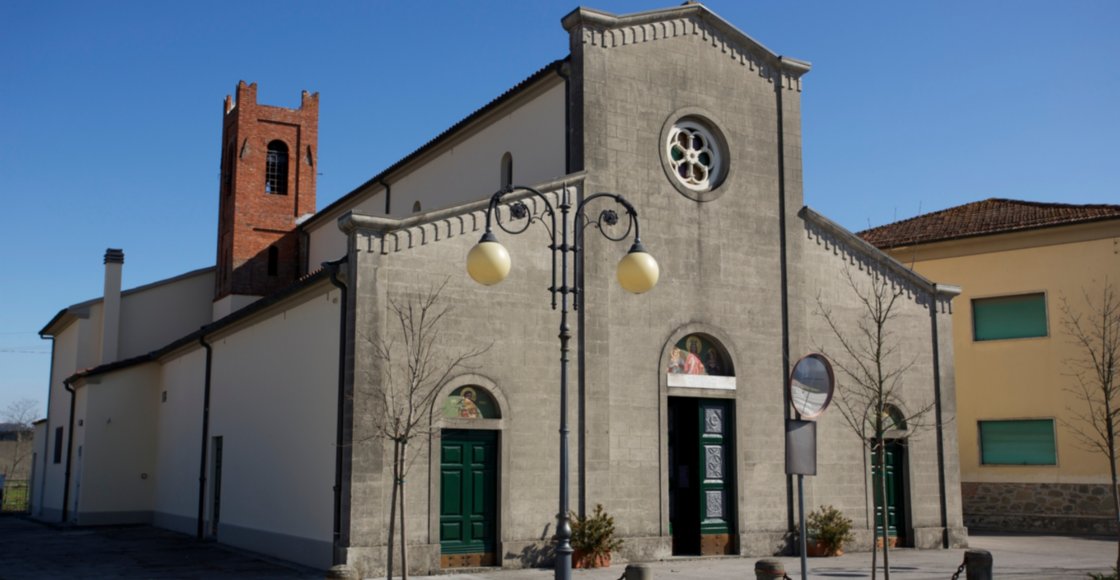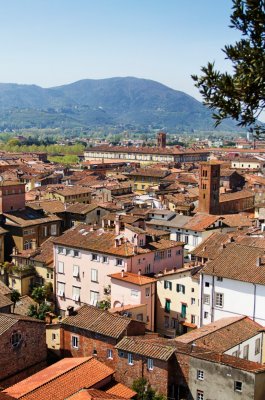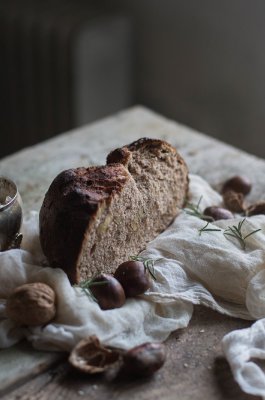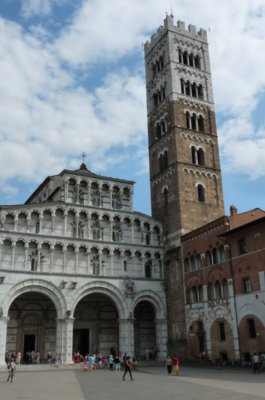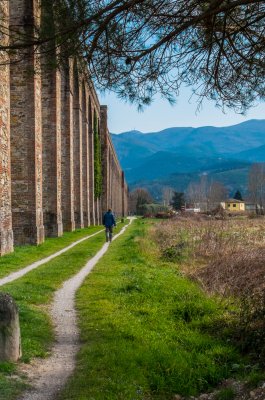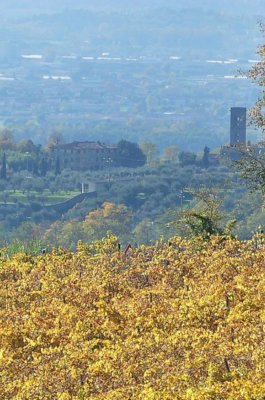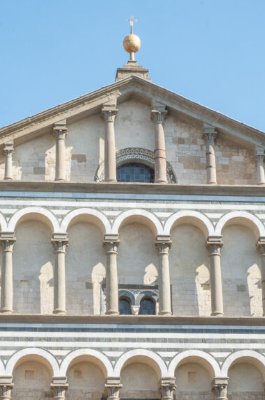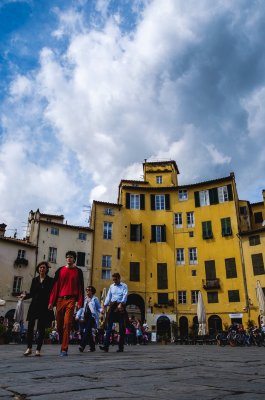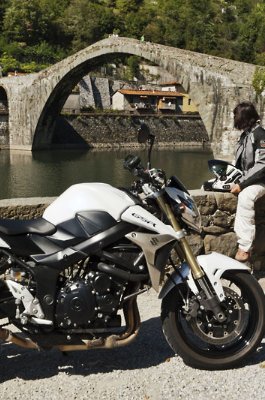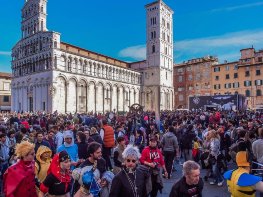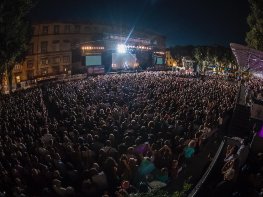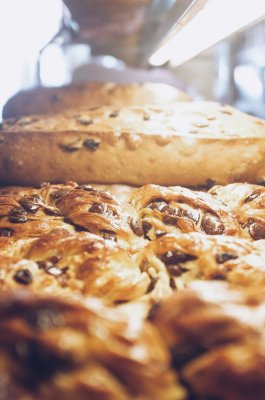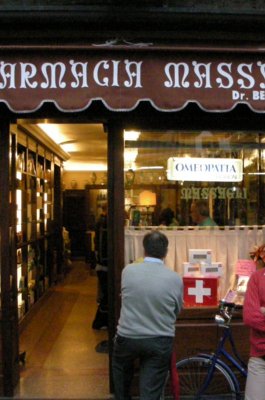Leaving Lucca through Porta Elisa, set off on a flat stretch that winds through history and nature. You then head towards the Parish Church of Capannori, a Romanesque jewel nestled in the countryside. Continuing along the route, you’ll pass through agricultural areas and quaint villages such as Porcari, dominated by the imposing white marble church dedicated to San Giusto (Justus of Trieste).
The path leads you to Badia Pozzeveri and the Badia di San Pietro, once an important monastic center for pilgrims on their way to Rome.
The last part of the route guides you to the Church of San Jacopo and finally into the heart of Altopascio, historically linked to the Order of the Knights of Tau, who offered hospitality to wayfarers along the Via Francigena. The historic center of Altopascio, with its charming piazza and ancient medieval hospital, is a worthy conclusion to this stage, replete with history and spirituality.
Please note, caution should be exercised when traveling along the stretch of road in Corte Ginori and at the numerous crossings of provincial roads encountered along the stage. Outside the towns, there is nowhere to replenish your water supply.










